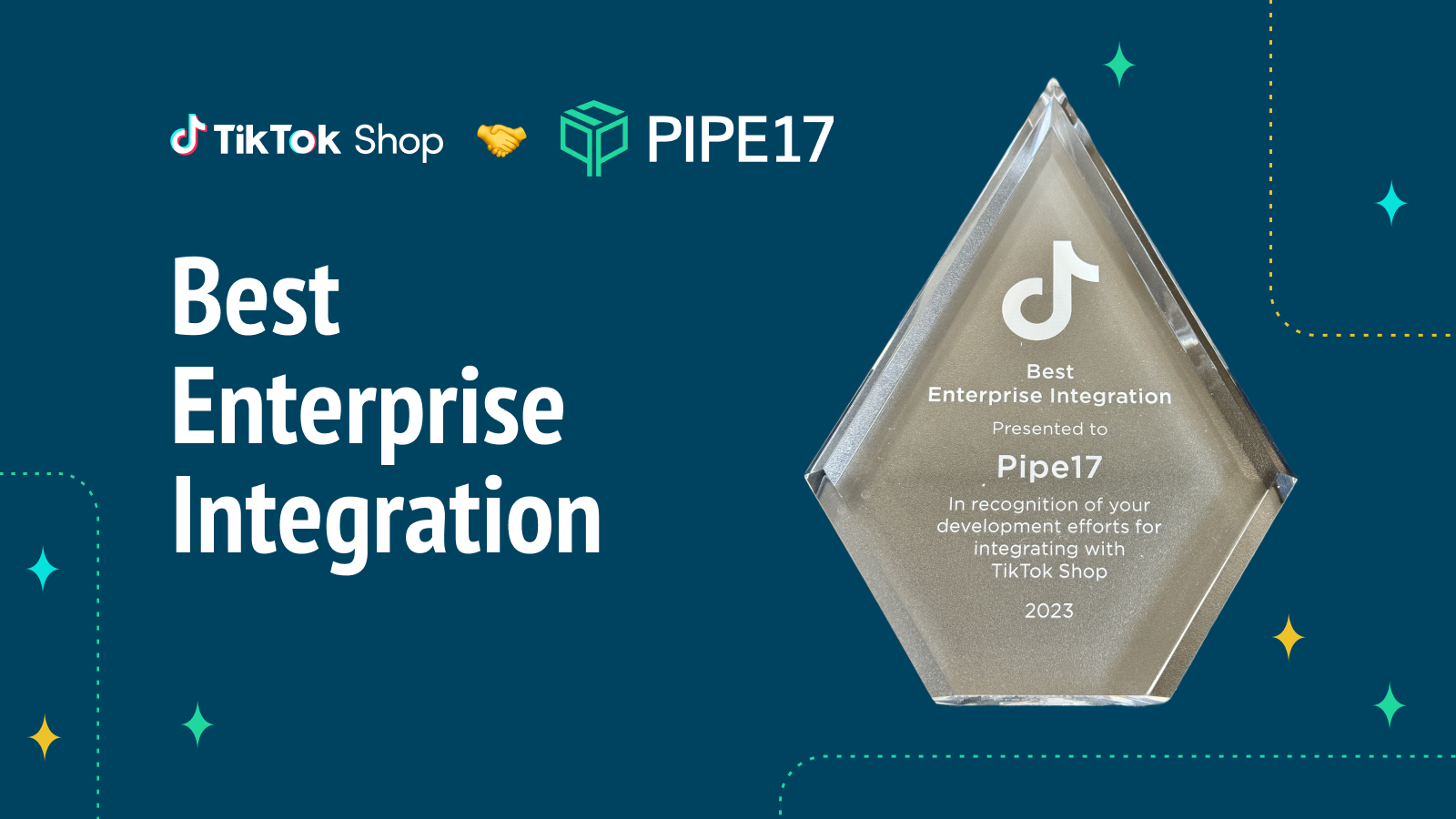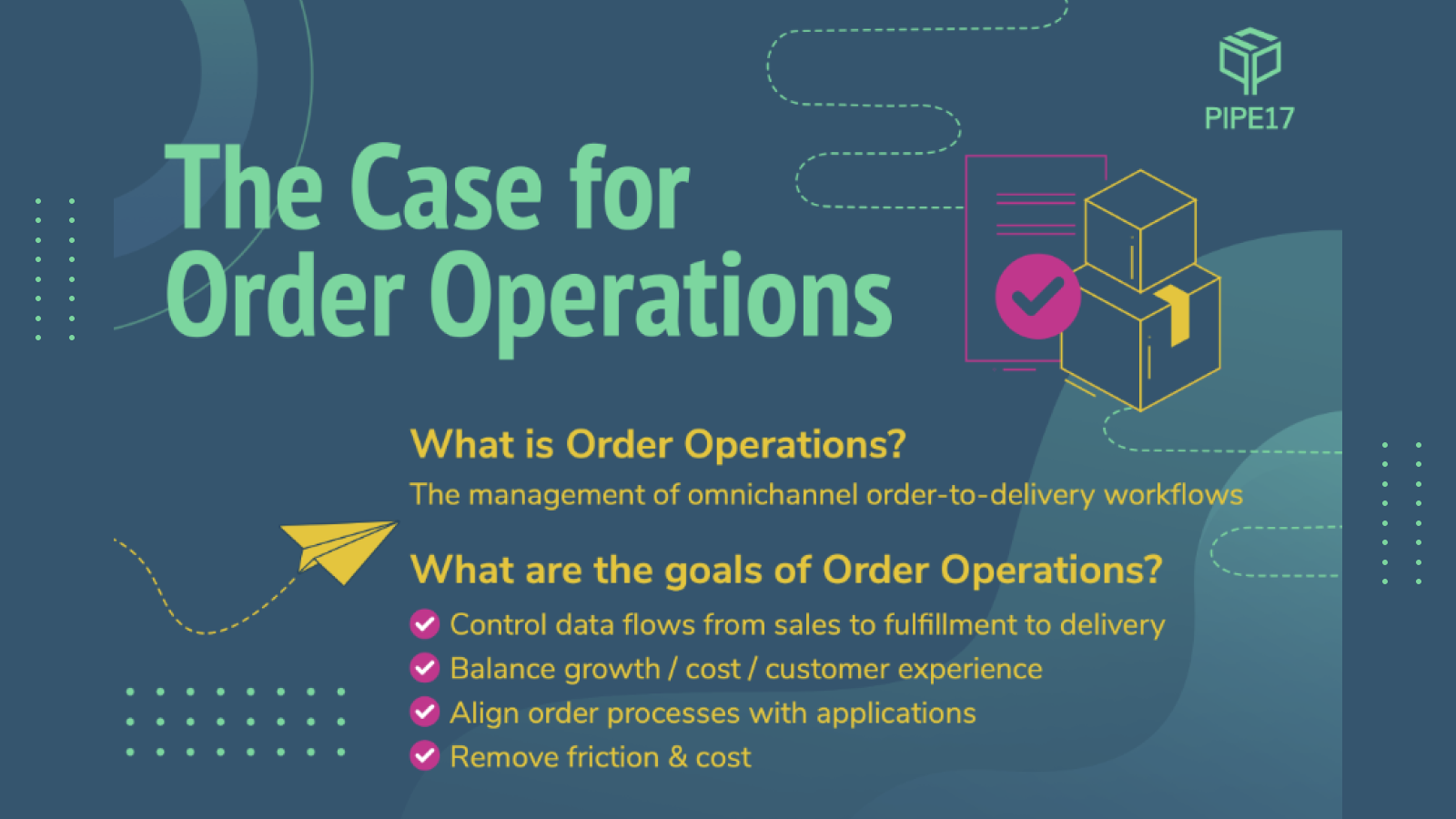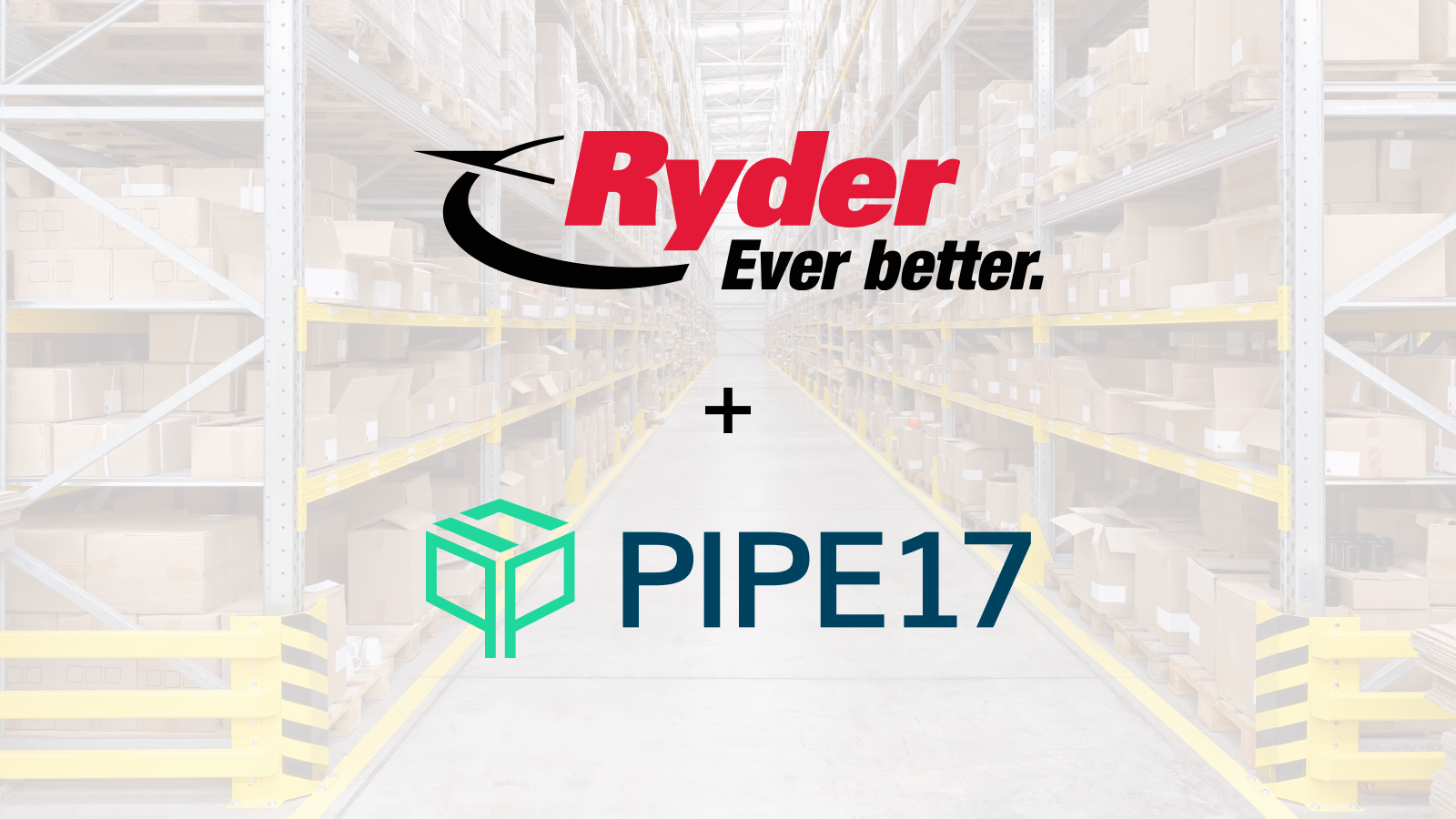Have you written something like this in your head over the last few months?
“Dear 3PL,
It’s not me. It’s you.
You just don’t have warehouses in enough locations. Shipping is expensive. Your WMS refuses to properly integrate with my sales channels. And you sent Robin the wrong package three times. (She’s refusing to buy from us again. Ever.)
So listen… It’s time for me to find someone new. Ok?
No longer yours,
Broken-hearted eCommerce ops leader”
If the answer is yes —or if reading this slightly dramatic take hits a little too close to home— then it might be time to say ‘goodbye’ to your 3PL.
Let’s face it. Most of us will never write an actual breakup email. (Not like this, anyway.) But if you’re dealing with mishaps like the ones below, it might be time to plan your exit and find an alternative to your current 3PL.
8 Signs it’s time to switch your 3PL
- Too many mispicks. Your customers keep receiving the wrong order and they are not happy about it. (You’re not happy about it either.)
- Late shipments. These wreak havoc with your sales channels. (Amazon has made it clear that if you don’t meet their shipment standards, your rankings will drop.)
- Bad Tech. The WMS your 3PL uses refuses to play well with your system so orders are getting stuck or lost. (Incidentally — if you’re struggling with this — connecting business systems to your 3PL is one of the things we do.)
- Excess work. Instead of flowing automatically, you have to enter almost everything manually. It’s time consuming, frustrating, and downright pointless.
- Chargebacks from B2B customers. You’re getting hit with fees for improper labeling, packaging, or the wrong shipment dates.
- Tracking numbers don’t work. Even though the 3PL sends you tracking numbers, those never go live in the carrier system, making them worthless.
- Overcharging on billing. Not only is the service frustrating, the invoicing is almost always off.
- Poor customer service. Service is choppy and even though there are a few people you love, you never know if you’d get Jekyll or Hyde.
All these mishaps add up to lost revenue and loss of customer confidence. But here’s the thing: moving on from your 3PL isn’t easy. Your fulfillment warehouse is a crucial, integral part of your ecommerce business operations. Even if the split is justified, it can still feel like a painful divorce. (Minus the fighting over who gets the kitchen appliances.)
So what do you do? How do you switch 3PLs without disrupting your business, frustrating customers, or getting behind on order fulfillment?
How to leave your 3PL while keeping your logistics intact
Step 1: Call up other 3PLs
Most eCommerce businesses — and operations departments — have a Plan B for almost everything. Contingency plans are just another part of your eCommerce operations process. That’s why you’ve got them for financing, marketing, even suppliers and manufacturing.
Yet when it comes to warehousing, having a Plan B often feels like an overwhelming, last resort. So what do you do when it’s time to switch? Easy. You dust off the original list of 3PLs you looked at before choosing your current partner and give the runner-up a call. If you don’t have such a list, start networking. Ask other e-commerce contacts who they’re using. (Or ask Pipe17 for our list!) And then, when you have some names, start interviewing.
Contact the point person at the runner-up or referred 3PL and see if they have room for your products. Be transparent. Explain the issues you’re having with your current 3PL and ask how they would solve a similar problem. Then, when you have their answer, ask yourself: how would you feel if your current partner handled things this way?
Next, ask about their tech stack. Is it compatible with your tech stack? Do you need to build integrations from your sales channels or ERP to the new 3PL? (If you do, Pipe17 can probably help you get connected.)
Once you’ve answered these questions —and you feel happy with the answers— it’s time to do some comparison shopping.
STEP 2: Compare and contrast 3PLs before you switch
At this point, your conversation with the new 3PL has opened up some options. Now it’s time to compare them against your current partner. Start by creating a comparison worksheet.
Tip: Email connect@pipe17.com with the subject line “Send me your 3PL comparison worksheet” and I’ll send you a copy of mine. I can also send you a worksheet for your “intake” answers that any 3PL will likely ask you so you can determine if the scope of your project fits their capabilities. I’ll include a list of questions you should ask them too!
Start with an apples-to-apples comparison of:
- monthly fees,
- packing fees, and
- tech fees.
Next, add in an estimate of what the other 3PL is costing you in:
- excess fees,
- transport, and
- other tangible fees you’re impacted by.
When you have this information, it’s time to get your legal ducks in row.
Carefully read the contract you signed with your current 3PL and find out if there is a notice period or termination fee. If there is a notice period, we recommend you make the switch and let the contract run out. The need to protect their reputation will keep them from making packing mistakes while your contract period is expiring but it’s worth paying a monthly fee for no services just to make sure that your orders are not impacted.
STEP 3: Making the switch
Once you’ve selected the 3PL you want to switch to, you need to send your inventory to the new 3PL without draining the old 3PL. To keep order fulfillment flowing smoothly, take these steps:
- Take care of the custom packaging. If you’re using custom packaging or tip-ins, send a supply to your new 3PL.
- Get your tech teams on the same page. Have your tech team meet with the 3PL tech team to verify that carrier methods, product catalogs and directions are fully mapped into the system.
- Connect your sales channels. Connect your sales channels to the 3PL. It’s best to phase this in to make sure one completely works before you add more.
- Send test orders. Always send a couple of test orders to make sure fulfillment is flowing smoothly. This helps you catch any issues before they affect your customers.
- Choose your lowest order day for the switch. This helps minimize the cost of any errors. (Don’t switch 3PLs during major shopping holidays!)
Make sure the new 3PL is 100% ready to fulfill before you flip the switch. Once you and your 3PL are confident that it’s time, go live! Keep in close contact for that first week to make sure everything is flowing properly, getting fulfilled on time, and properly going out to the right customer. Keep a close eye on your sales channels to make sure tracking is being updated accurately.
Then, when it’s all done, breathe a sigh of relief. This process is not easy. Breaking up and finding a new partner never is, but you survived and so did your company. Now you have a 3PL that meets your needs and upholds your reputation.






